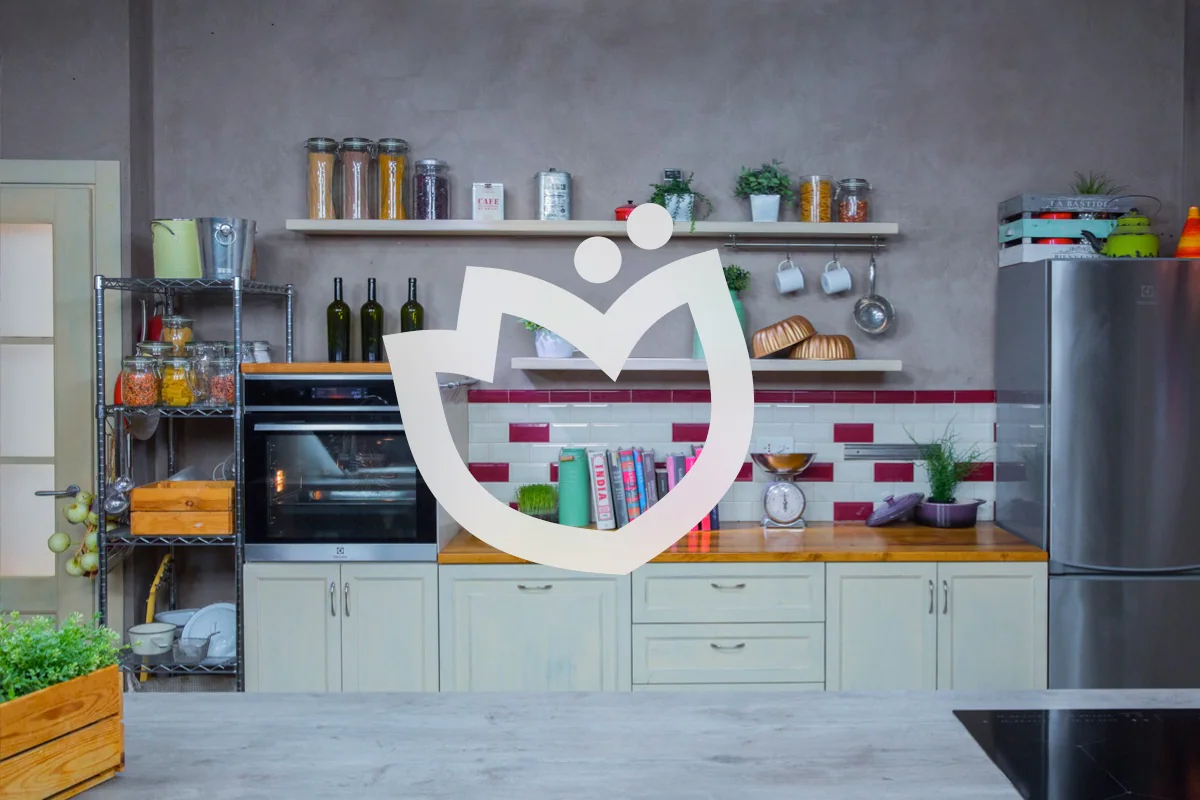Rabbit tuna

- Gluten Free
- Lactose Free
- Energy Kcal 186
- Carbohydrates g 3.7
- of which sugars g 3.6
- Protein g 34.5
- Fats g 8.2
- of which saturated fat g 2.56
- Fiber g 1.7
- Cholesterol mg 62
- Sodium mg 319
- Difficulty: Easy
- Prep time: 20 min
- Cook time: 60 min
- Serving: 6
- Cost: Average
- Note plus the resting time in the fridge of 1 day
PRESENTATION
Easily recognized by its appealing presentation and traditional Italian touch, rabbit tuna brings the authentic flavor of Piedmontese cuisine right to your table. The tender, flaky texture of this celebrated Italian rabbit dish always stands out—families love setting out a plate for holidays, big Sunday lunches, or just everyday get-togethers when everyone wants something a little different but still familiar. What grabs people right away is how the tonno di coniglio—as it’s lovingly called in Piedmont—packs SO much flavor for such a straightforward classic. With rabbit preserved in oil (a loaded culinary tradition right there), you get a beautiful golden color, bits of moist meat, and a rich aroma that makes mouths water around any family table. Every bite offers a soft, savory feel and a satisfying balance from the careful preservation. It’s like a taste of Italy that sits so well on antipasto platters or brings genuine Italian warmth to the beginning of any meal.
Busy home cooks and families find this rabbit confit both practical and DELICIOUS. Since rabbit preserved in oil holds up well in the fridge, it works for easy lunches, planned dinners, or last-minute party spreads—and it always looks really good on the table! Everyone appreciates how this succulent Italian rabbit dish adapts—cut thick with extra bread, scooped next to a few olives, or even served solo for that true Italian experience. Plus, because tonno di coniglio fits seamlessly with everything from family picnics to more formal nights at home, the versatility here is unbeatable for most home cooks looking for real Italian recipes that work with almost any schedule. Big gatherings, smaller weekday meals, classic antipasto moments—this dish covers all the bases. Just a quick tip: a little sprinkle of herbs or a dash of good salt can really bring out that traditional richness families talk about. In the world of Piedmontese cuisine, this appetizing recipe shows why Italian rabbit dishes never go out of style—a solid favorite for good reason!
How to prepare Rabbit tuna

Fill a large pot with water;
cut off the rabbit's head and remove the entrails 1; prepare the vegetables, stud the onion with cloves 2 and immerse the vegetables in the water 3,

bring slowly to a boil and add a tablespoon of coarse salt 4 and the bouquet garni (rosemary-thyme-myrtle-1 sprig of sage) tied with kitchen string; when the vegetable broth is hot, also immerse the whole rabbit 5 and cook for at least 60 minutes or until the meat is very tender.
After this time, remove the rabbit and transfer it to a very large bowl 6 and pour its own boiling cooking broth over it until covered; let it cool completely in its broth.

Remove the rabbit and let it drain in a colander 7; now you will need to debone and finely shred the meat 8; gently wash the sage and peel the garlic cloves 9;

chop the garlic 10 (you can also leave it in half cloves if you prefer to remove it later), take sterilized jars with vacuum seal lids (or a clay or glass terrine like those for quick consumption), pour a generous amount 11 of high-quality oil on the bottom, a little chopped garlic 12

a few sage leaves 13 and some of the shredded rabbit 14, then again oil, garlic, sage, and rabbit until you finish the meat 15. Finally, pour a little more oil on the surface. Seal the jars hermetically and sterilize them by placing them in a large pot, completely covering them with cold water, and setting them on the heat to bring to a boil; boil the jars for 45-60 minutes; let them cool in the water. This way the jars create a vacuum seal.